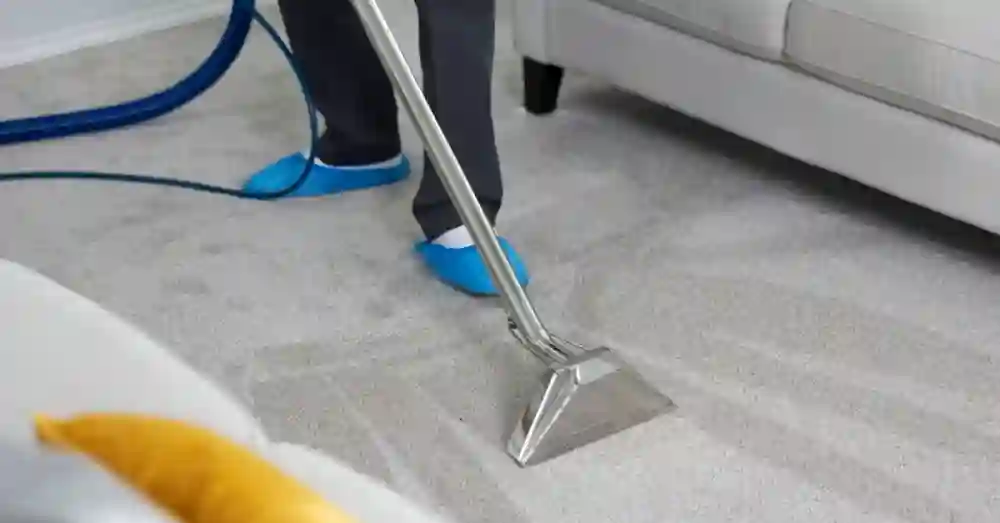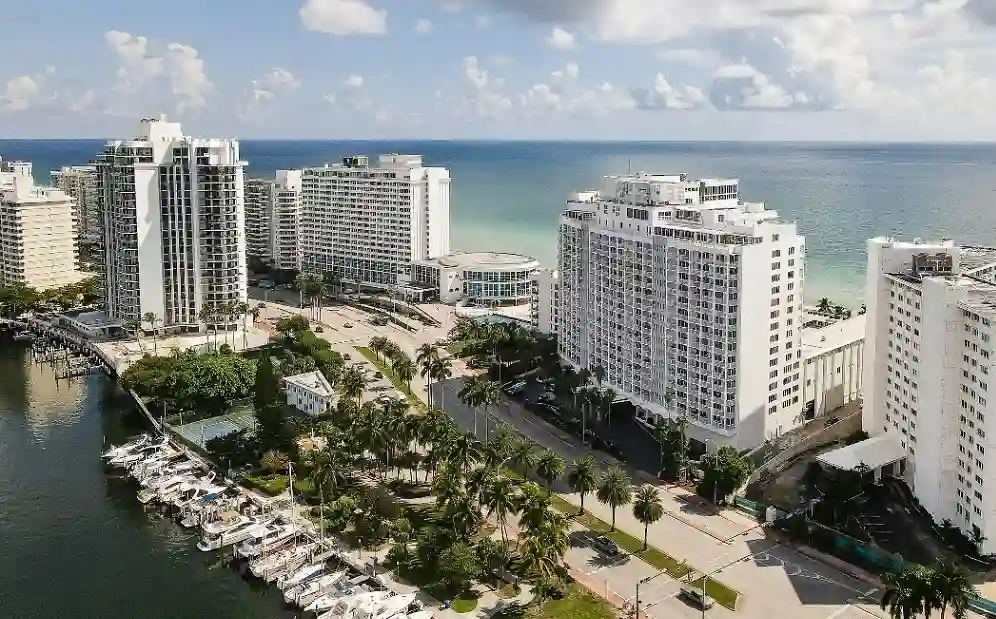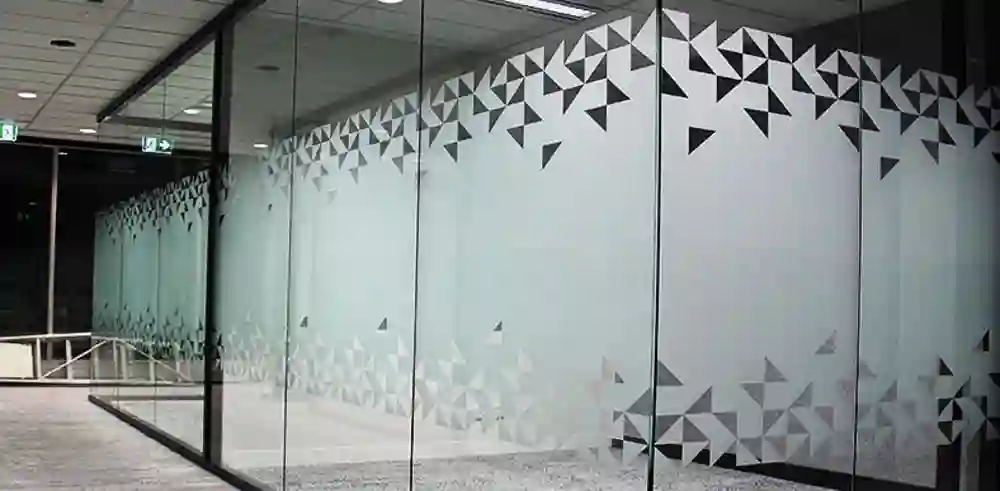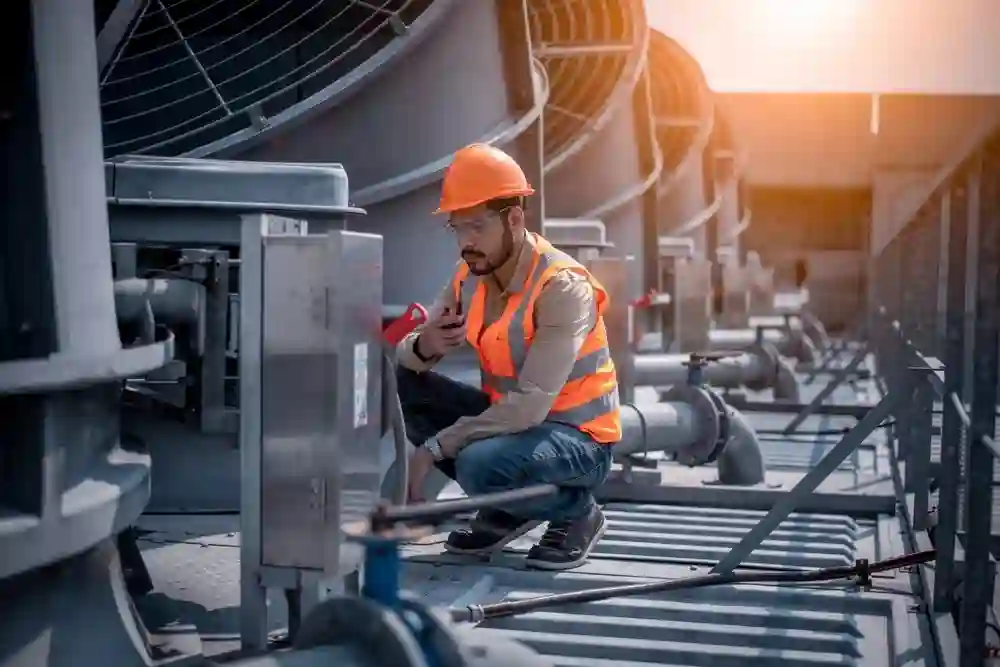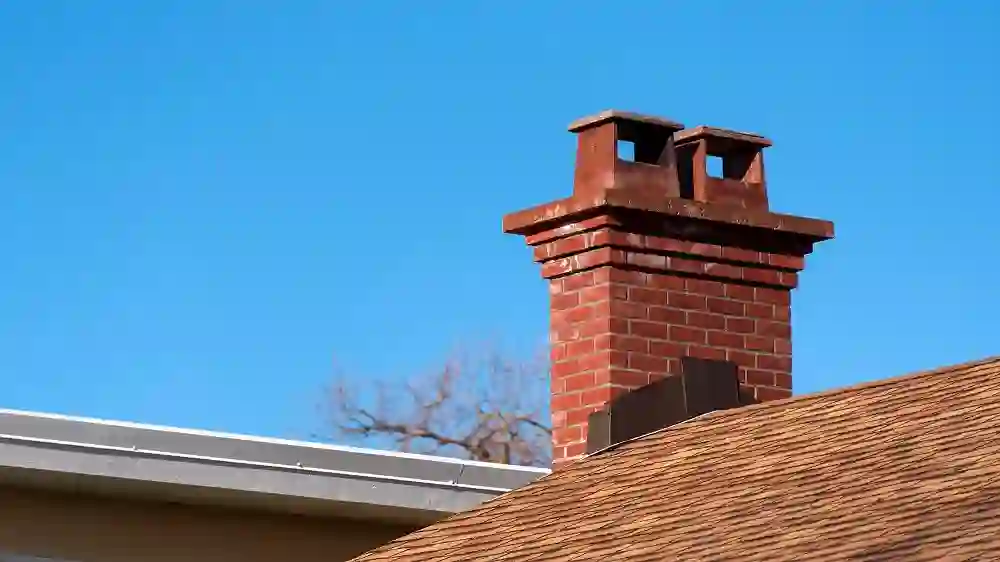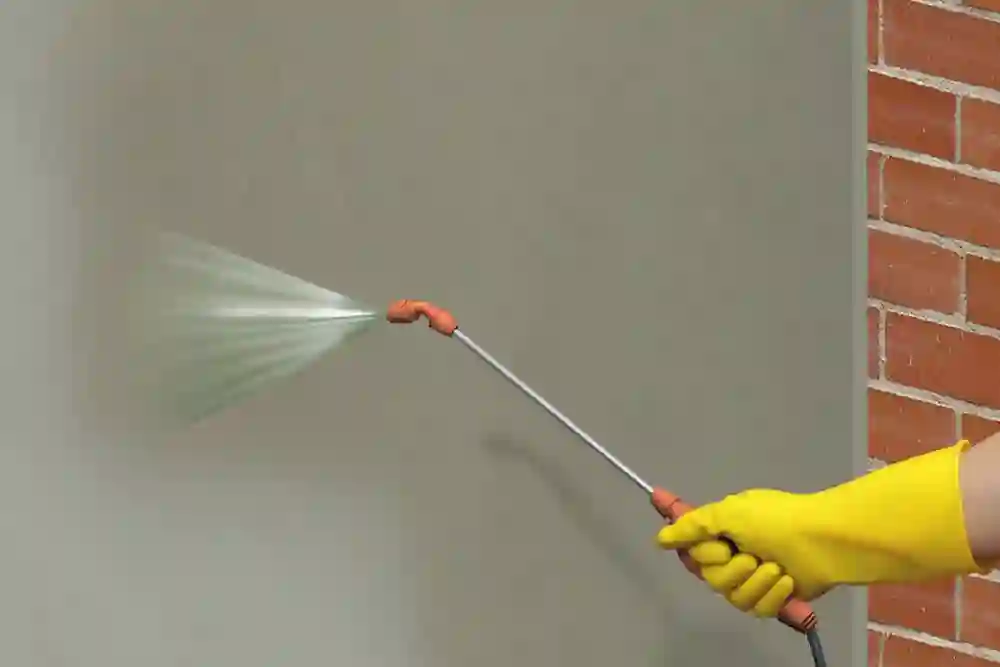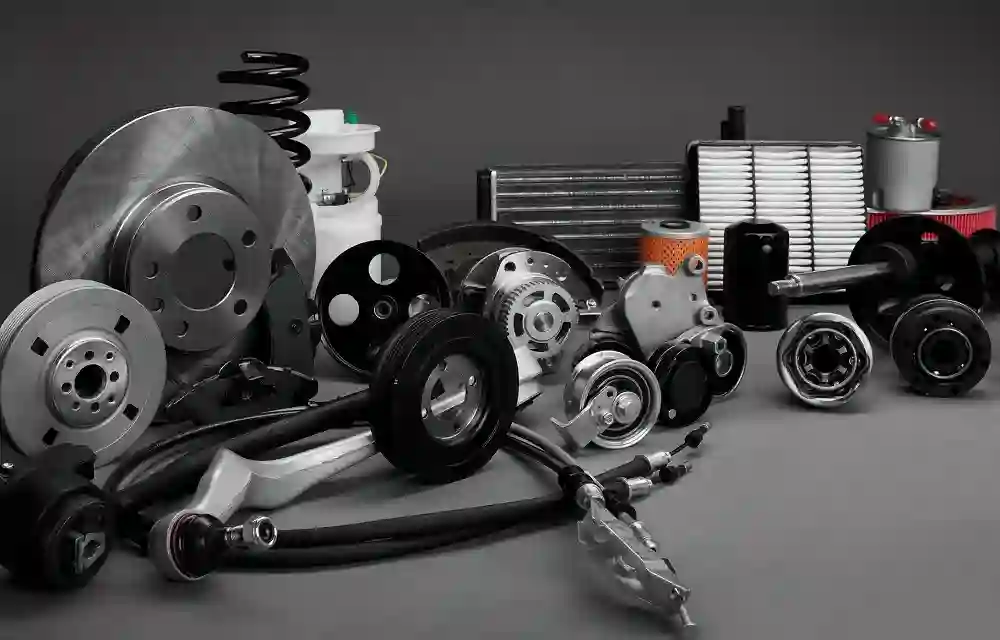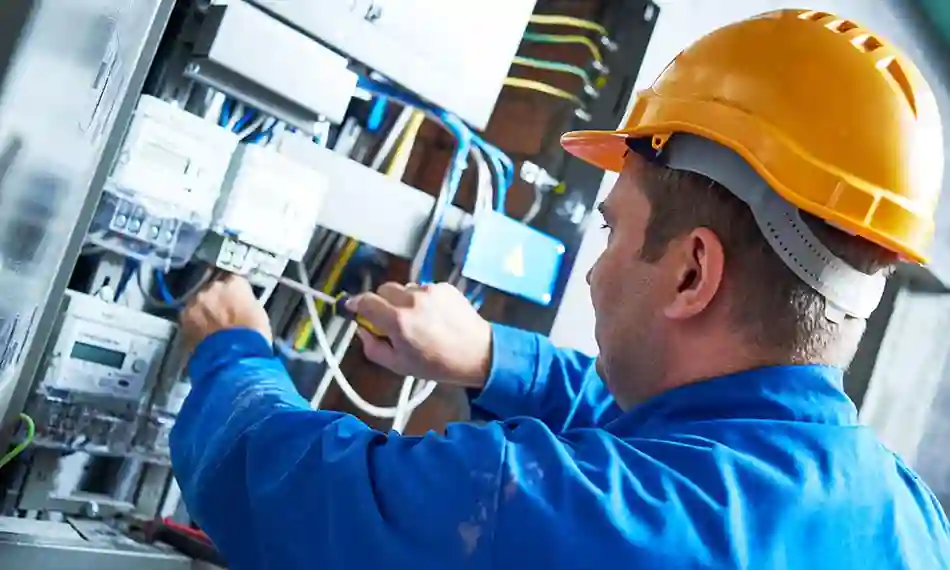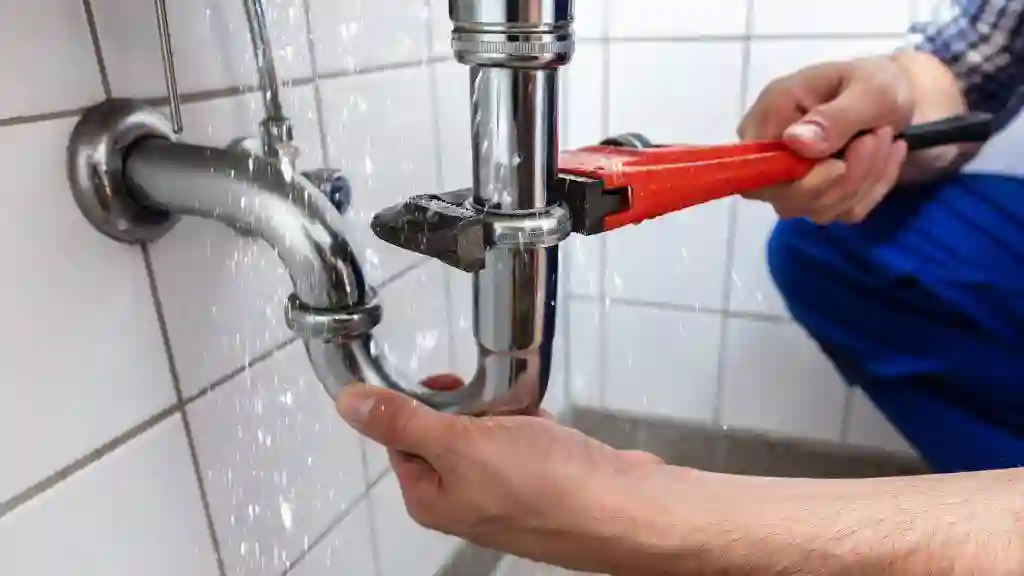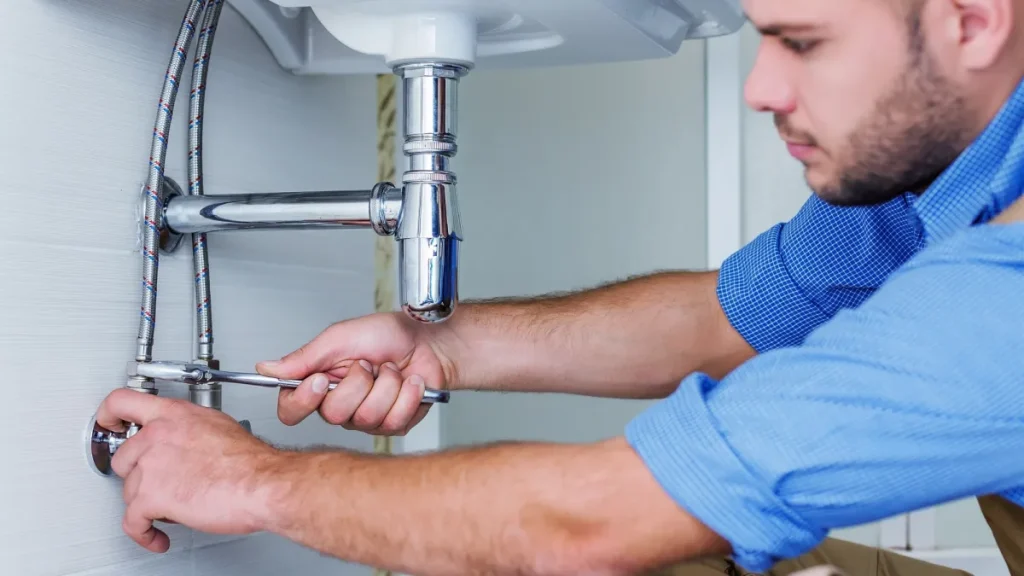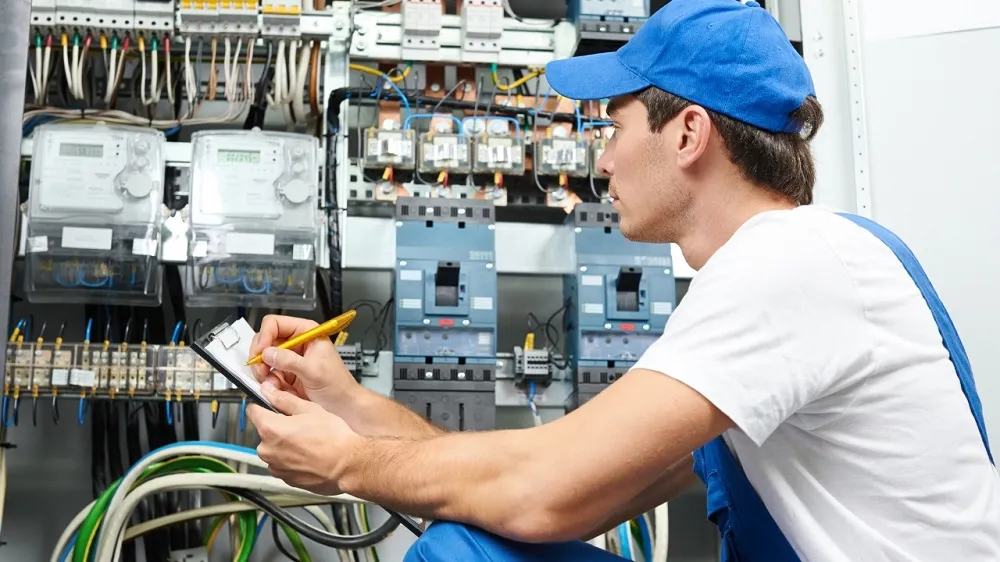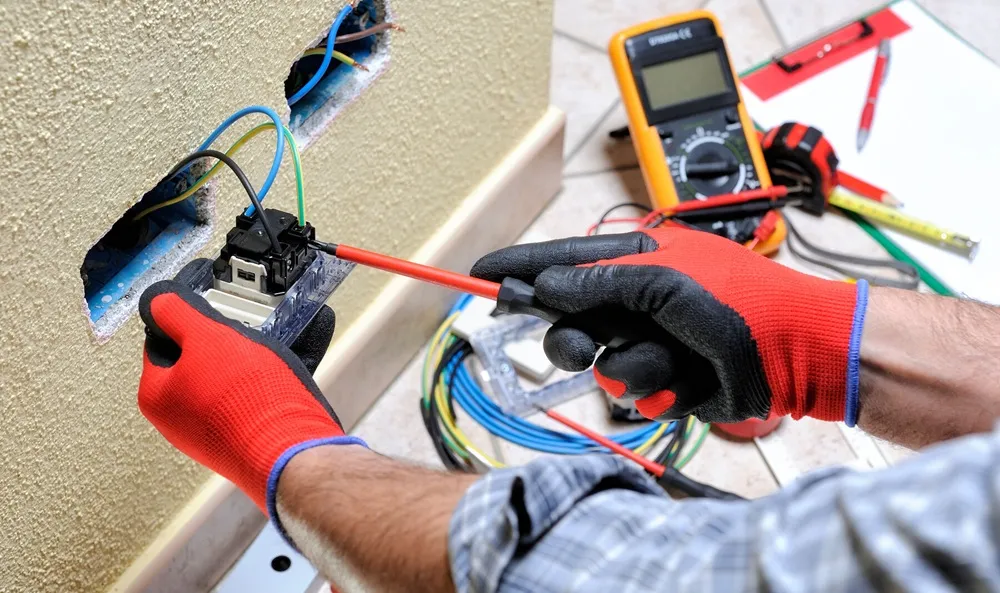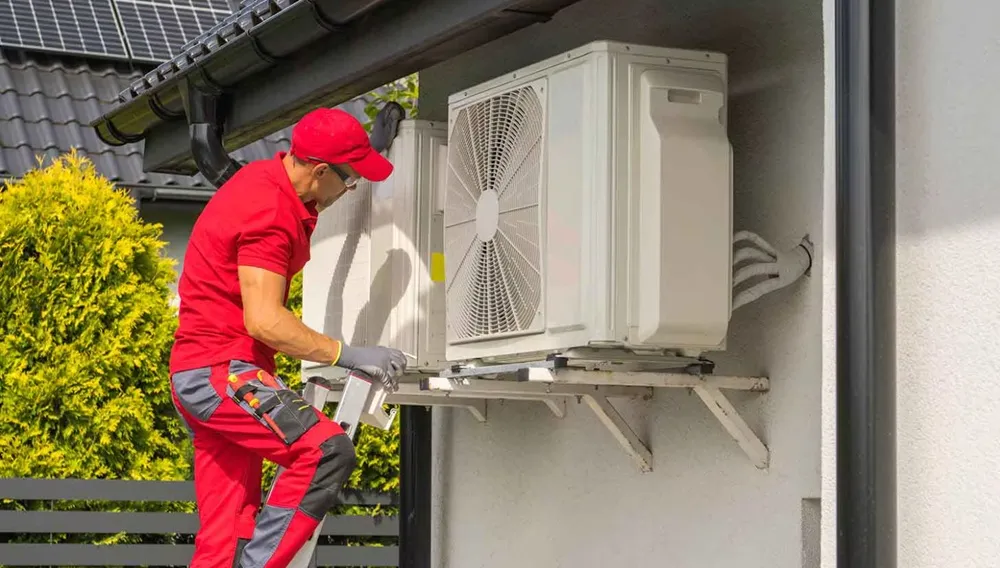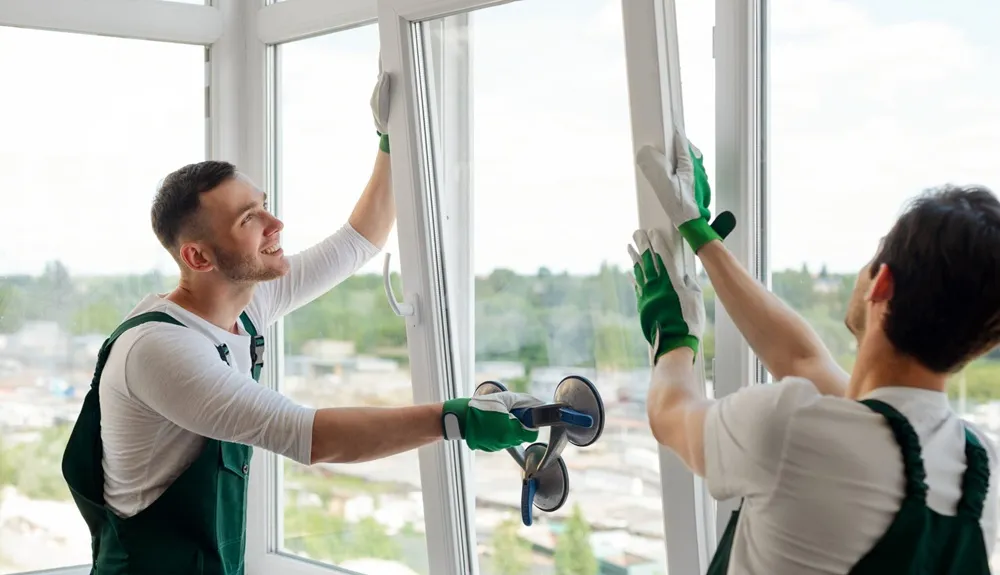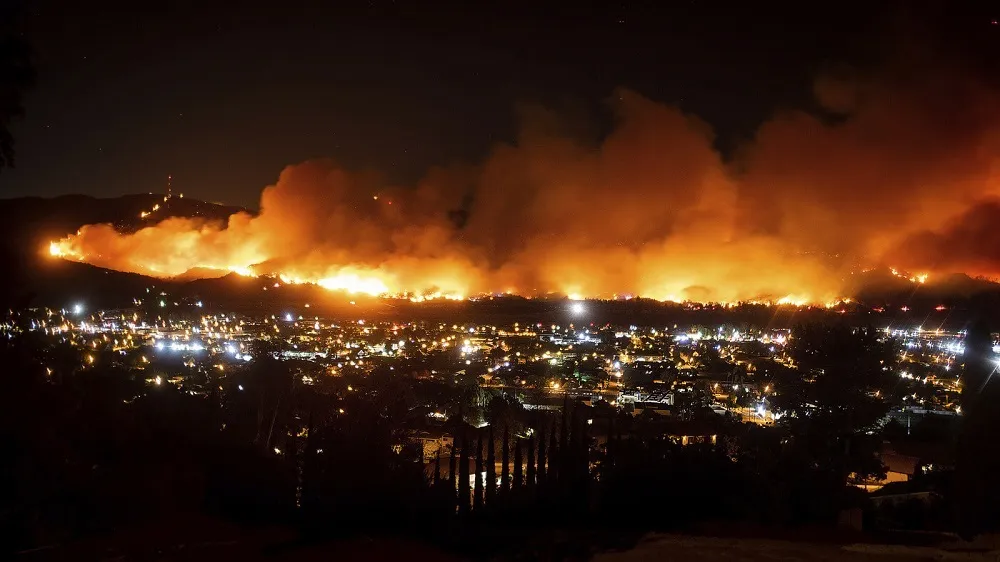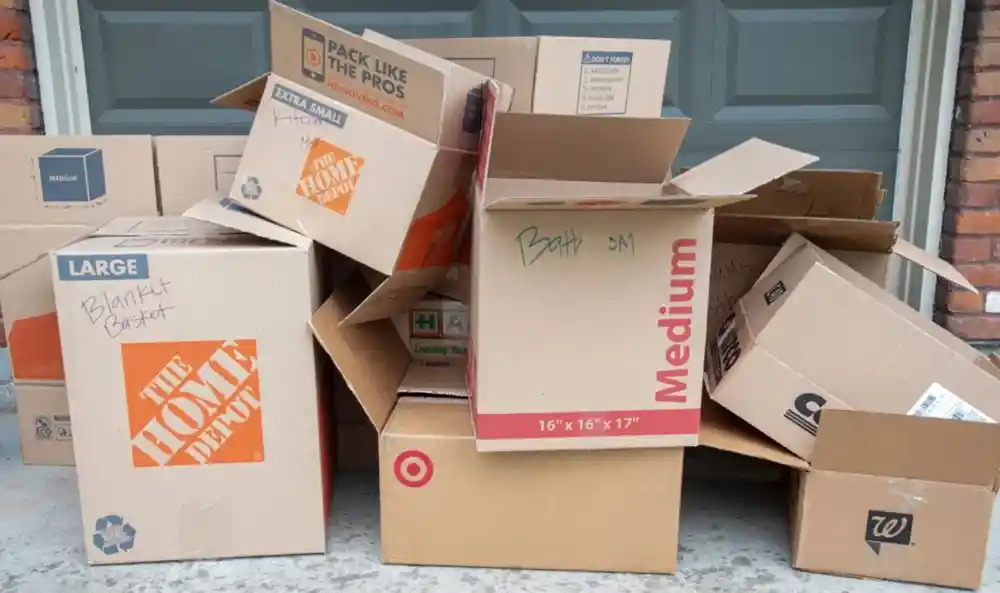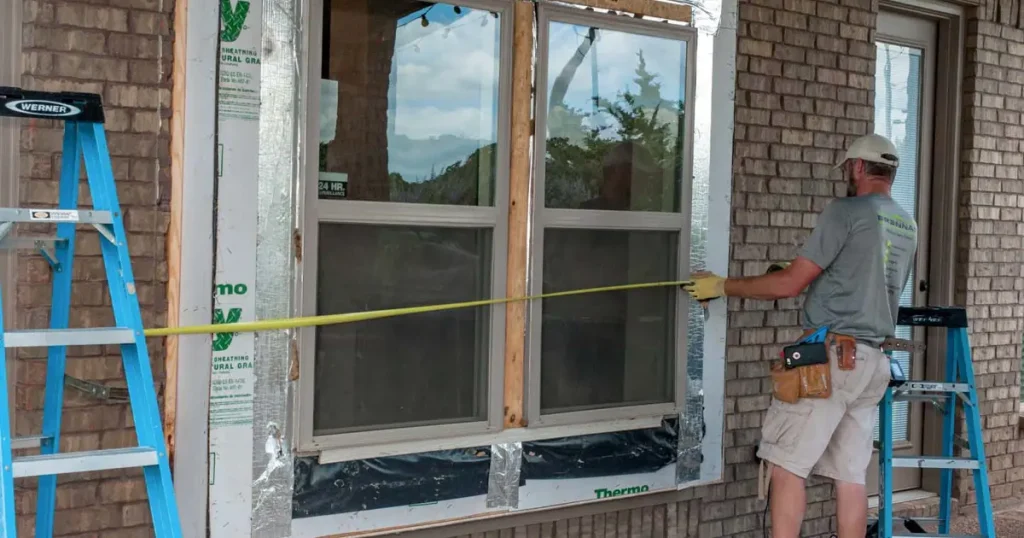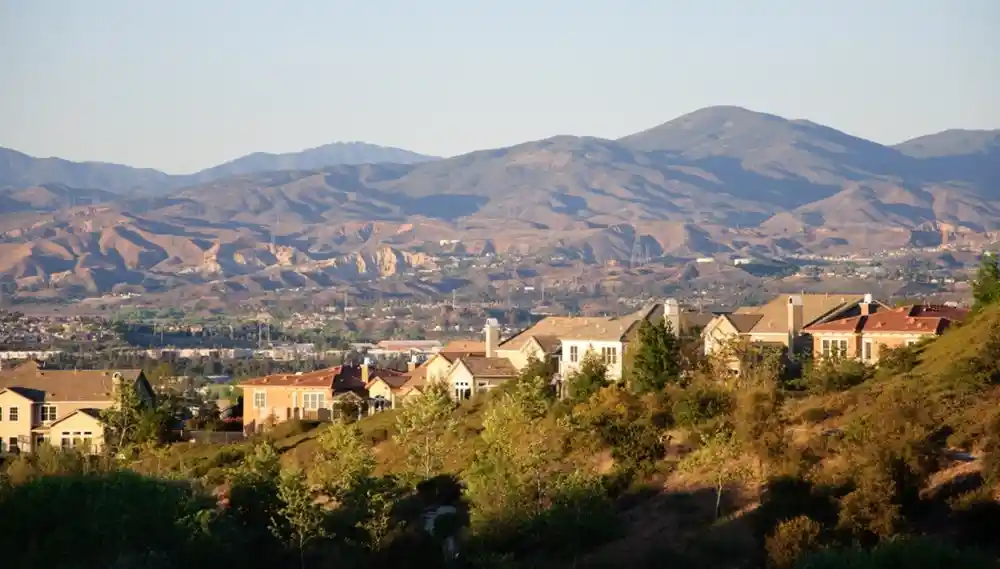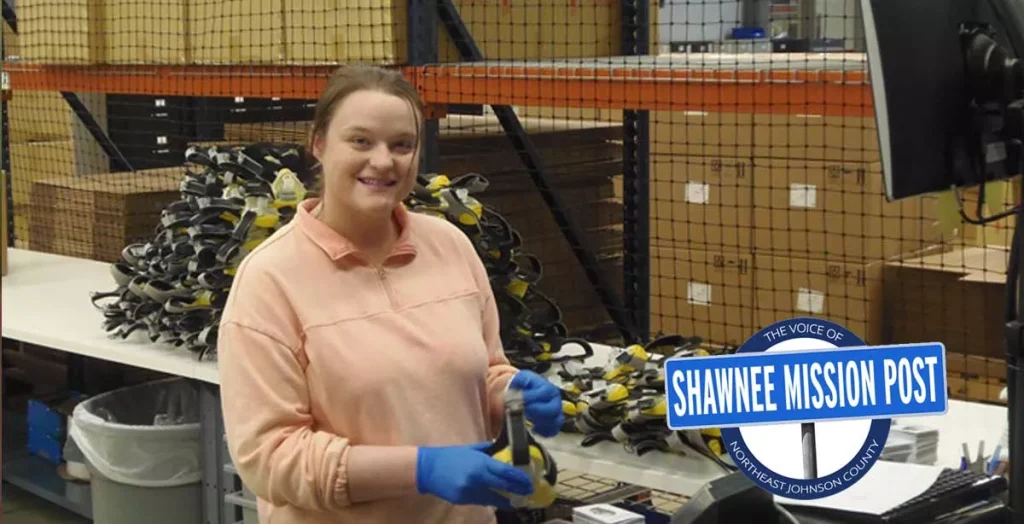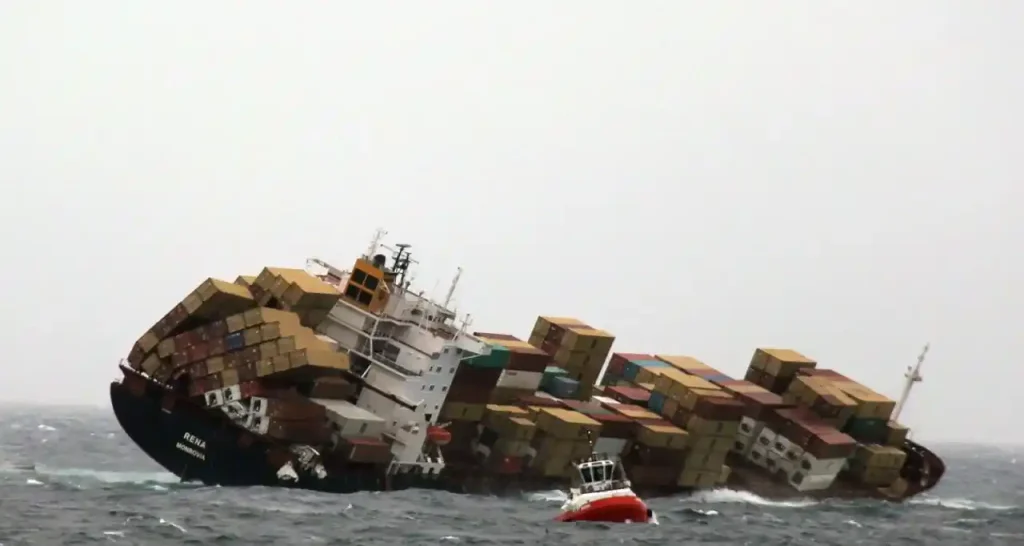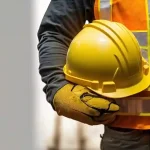The Importance of Professional Water Extraction for Severe Flooding
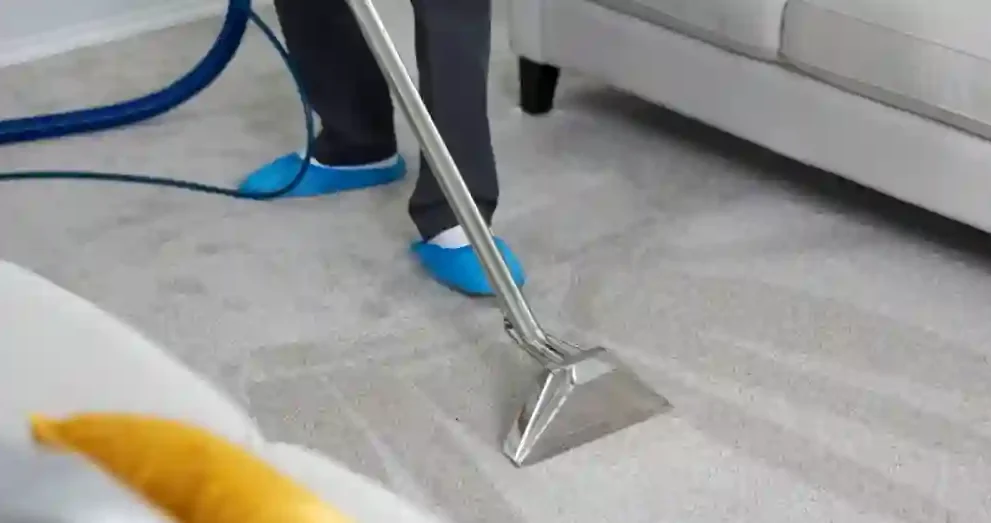
Flooding can happen with little warning, and when it does, it often overwhelms homes and businesses with devastating speed. Whether caused by a storm, a burst pipe, or an overflowing body of water, floodwaters bring not only structural damage but also emotional stress. The sight of submerged furniture, soaked floors, and water-stained walls can be disorienting and distressing. In that moment, quick action is crucial—not just to salvage belongings, but to prevent further damage that can continue long after the water recedes. Professional water extraction plays a vital role in this urgent process. It’s not simply about removing water, but about stopping a cycle of damage before it escalates. Without proper intervention, moisture continues to seep into walls, floors, and hidden cavities, leading to long-term issues like mold growth, weakened infrastructure, and compromised air quality. The sooner water is removed, the greater the chance of a full recovery both for the property and the people who depend on it.
When Floodwaters Enter, Urgency Begins
- Why Timing Matters in Water Extraction
Water damage doesn’t stop once the flood is over. It often accelerates as standing water seeps deeper into porous materials, such as drywall, insulation, wood, and carpeting. Within just a few hours, these materials begin to deteriorate, and within a day or two, conditions become ripe for mold growth. This timeline is why professional water extraction is a critical step, not just a convenience. It ensures that moisture is pulled out thoroughly and efficiently before it can cause damage that is irreversible. Industrial-grade pumps, vacuums, and dehumidifiers can reach places that towels and shop vacs can’t. Professionals are trained to assess the extent of saturation and use equipment that’s designed for fast action without causing additional damage. For property owners dealing with water intrusion, delaying extraction can mean the difference between restoration and costly reconstruction. Those who get help with water damage remediation in Vancouver, WA, often find that early response limits the scope of recovery and helps them return to normal faster.
- Health Risks Hidden in Moisture
Beyond the immediate threat to belongings and building materials, flooding poses a hidden danger that is often overlooked: compromised indoor air quality. Damp environments are a breeding ground for mold, mildew, and bacteria—all of which can pose serious health risks, especially to individuals with allergies, asthma, or weakened immune systems. When water is left standing or absorbed into structural components, these organisms begin to multiply. Spores can become airborne and circulate through a building’s ventilation system, spreading contamination to even untouched areas. This contamination doesn’t always carry a distinct smell or visual cue, making it especially insidious. Professional water extraction isn’t just about drying—it’s also about preventing the growth of harmful contaminants. Trained teams understand how to identify high-risk areas, isolate moisture-prone zones, and use antimicrobial treatments as part of the drying process. By taking these steps, they help ensure that recovery isn’t just cosmetic but safe for the long term.
- Restoring Structure and Stability
Water can wreak havoc on a building’s foundational integrity in ways that aren’t immediately visible. When it saturates subfloors, seeps into wall studs, or compromises electrical systems, the damage may not reveal itself for weeks or even months. That’s why the extraction process must go beyond surface-level solutions. Removing moisture from structural elements and checking for warping, cracking, or rusted components is a critical part of the recovery. Professionals who handle water damage use moisture meters, thermal imaging, and other tools to detect dampness behind walls and under flooring. Their work helps prevent structural failures, such as collapsed ceilings or weakened joists, which can be costly and dangerous if left unchecked. They also help coordinate with contractors and engineers when rebuilding is necessary, ensuring that repairs are not only cosmetic but sound. Water extraction is the first step in a larger process of restoring strength and safety to a compromised structure, helping to preserve its future use and value.
- A Pathway Toward Financial Recovery
Flooding doesn’t just damage property—it disrupts lives and routines. Families may be displaced, businesses may lose inventory, and daily operations may grind to a halt. Insurance can be a lifeline in these situations, but accurate documentation is crucial for filing claims. Professional water extraction teams often play a key role in this process. They provide detailed assessments, reports, and photos that help property owners build strong cases for coverage. These professionals also understand the importance of transparency and accountability during what is often a chaotic time. By working with trained crews, property owners gain more than just cleanup—they gain advocates who can help them navigate the financial aftermath of flooding. Efficient water extraction not only reduces long-term damage but also speeds up the claims process, which in turn reduces downtime and minimizes financial loss. In a time when stress runs high, having experienced support to handle both recovery and documentation becomes a source of reassurance.
- Planning for Future Protection
Once the immediate crisis has passed, many property owners start thinking about how to prevent future flooding or minimize its impact. Working with a professional water extraction team often opens the door to broader conversations about preparedness and mitigation. These discussions may include recommendations for sump pumps, improved drainage, sealing basements, or raising electrical systems. Post-flood inspections can reveal vulnerabilities that went unnoticed before, such as flaws in grading, poorly installed waterproofing, or outdated plumbing. Addressing these issues proactively strengthens the building’s resilience and gives property owners greater peace of mind. In the long run, prevention is as valuable as response. The lessons learned from one flood can lead to a safer and more secure home or business. By investing in professional water extraction, property owners not only recover from the current disaster—they build a defense against the next one, turning a challenging experience into an opportunity for improvement and resilience.
Flood Response That Goes Beyond Cleanup
Professional water extraction is about more than just removing water—it’s about restoring lives, protecting health, and safeguarding property. In the face of severe flooding, it’s easy to feel overwhelmed by the scale of the damage and the uncertainty of what comes next. That’s why having the right support matters. Trained crews bring not only the tools to extract water but also the knowledge to address underlying risks, provide accurate documentation, and guide homeowners through the recovery process. Their role bridges the gap between disaster and stability. With prompt action, a clear plan, and the right team, what seems like irreversible damage becomes manageable. Water extraction sets the stage for rebuilding—not just physically, but emotionally and financially. And in that effort, it becomes one of the most critical steps toward returning a space to safety, comfort, and purpose after a flood.











